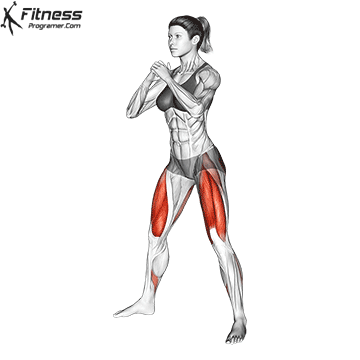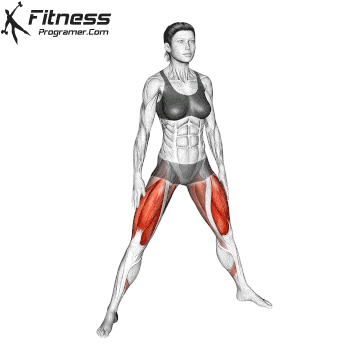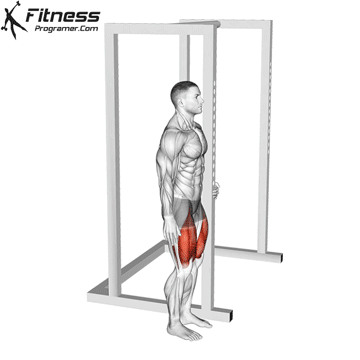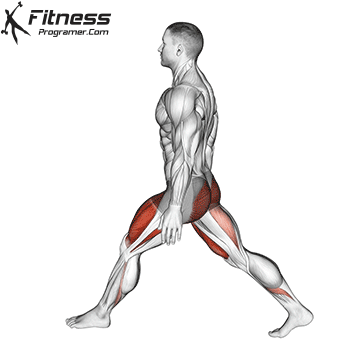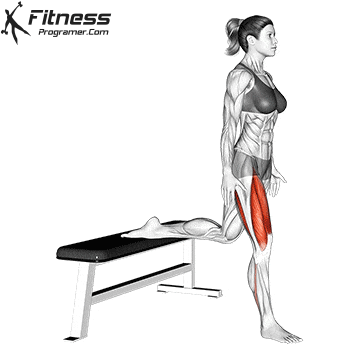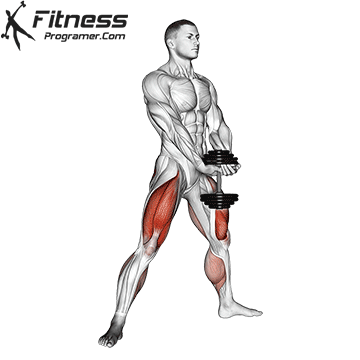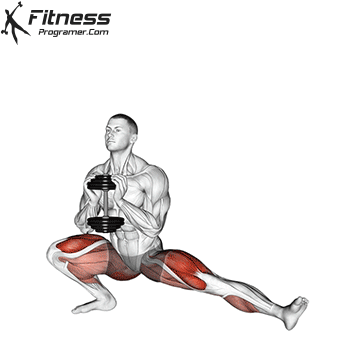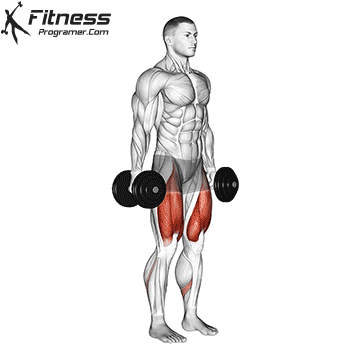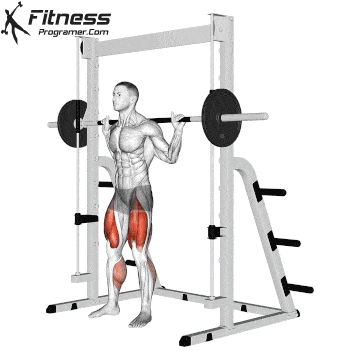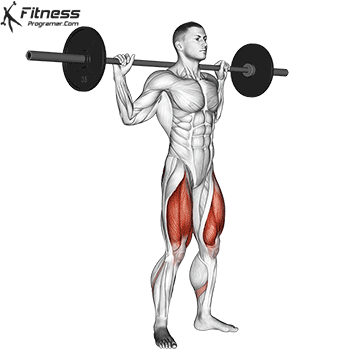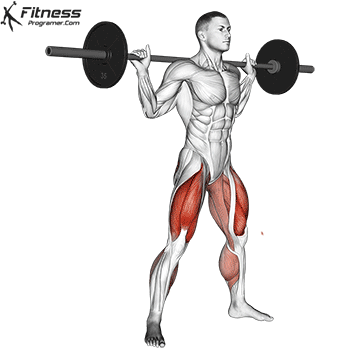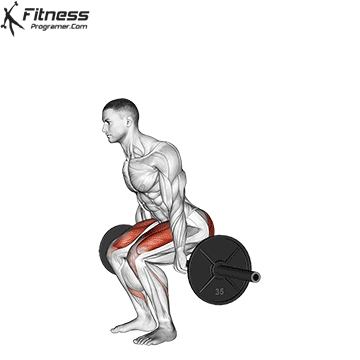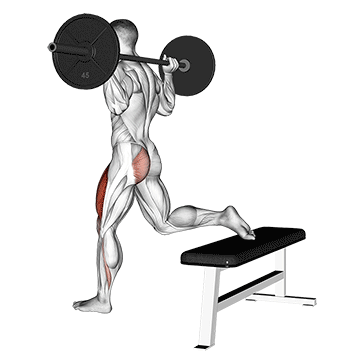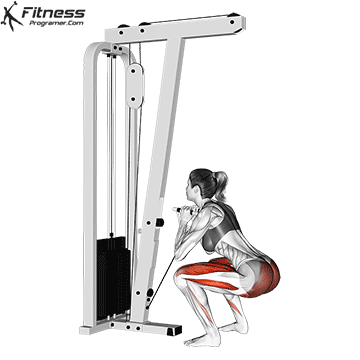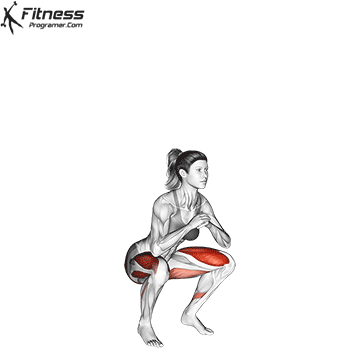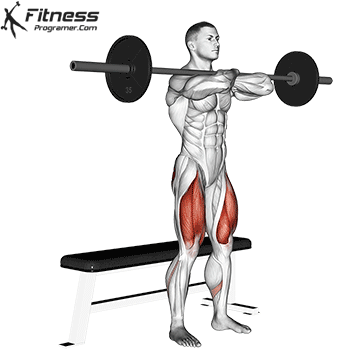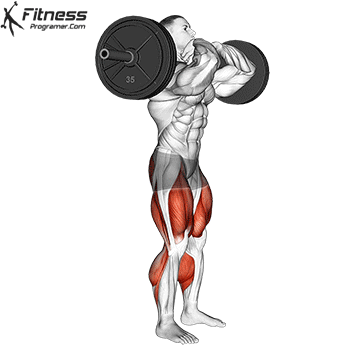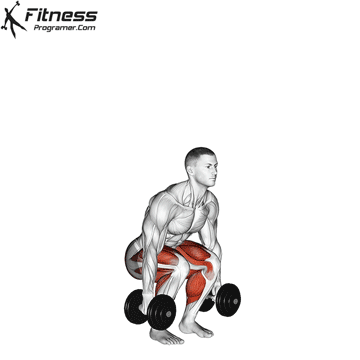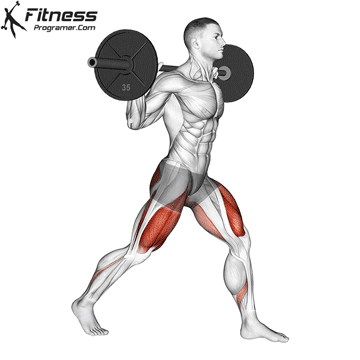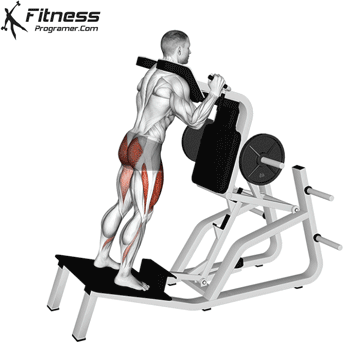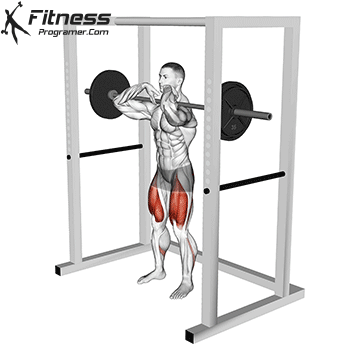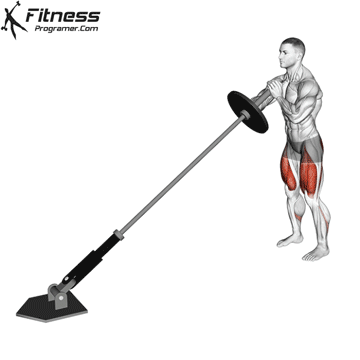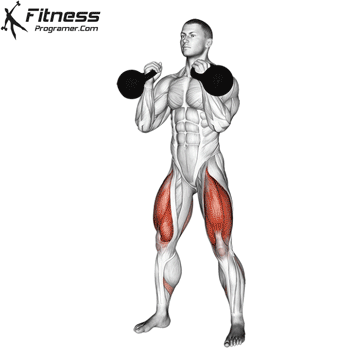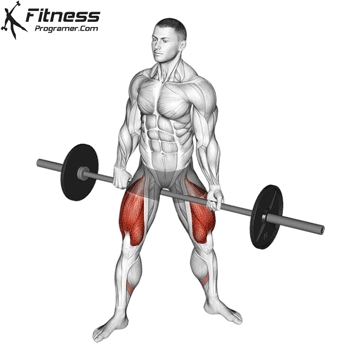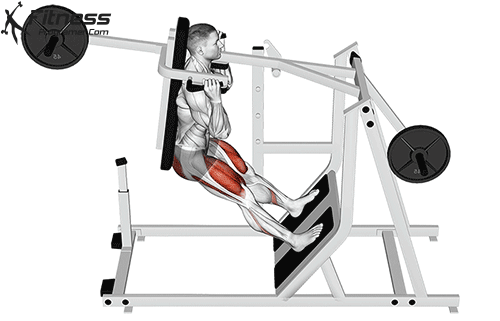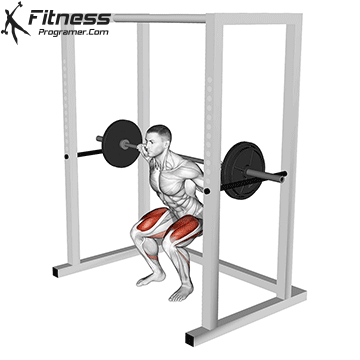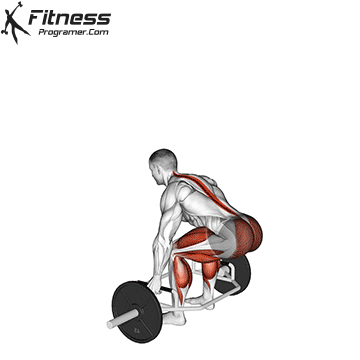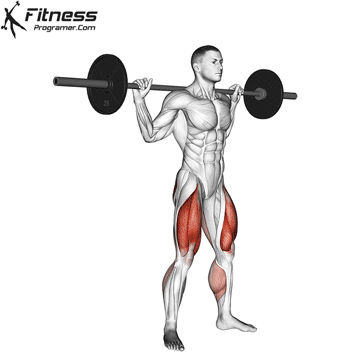Overview
A bodyweight sumo squat is a lower-body exercise performed with your feet positioned wider than shoulder-width and toes pointed slightly outward. It targets the inner thighs, glutes, and quads. Its emphasis on hip mobility and adductor strength makes it a valuable addition to any lower-body routine. With no equipment needed, it suits both beginners and experienced athletes alike.
How to Perform Bodyweight Sumo Squat
Stand with feet wider than shoulder-width apart and toes turned slightly outward.
Brace your core and keep your chest lifted throughout the movement.
Lower your body by bending at the knees and hips, sinking your hips straight down.
Descend until your thighs are parallel to the floor or as low as mobility allows.
Drive through your heels to return to the starting position, squeezing your glutes at the top.
Tips for Proper Form
Keep your torso upright to avoid leaning forward.
Push your knees outward in line with your toes during the descent.
Engage your core to maintain balance and protect your lower back.
Lower with control and pause briefly at the bottom for more muscle activation.
Maintain even pressure across your feet to prevent tipping forward.
Common Mistakes
Letting the knees cave inward, which reduces effectiveness and increases injury risk.
Standing too narrow, which shifts the emphasis away from the target muscles.
Rounding the back by leaning too far forward.
Rising onto the toes, which decreases glute and hamstring activation.
Going too fast, sacrificing control and range of motion.
Benefits of the Bodyweight Sumo Squat
Targets inner thighs and glutes: The wide stance emphasizes adductors and glutes more than a standard squat.
Improves hip and groin mobility: The deep squat position helps increase flexibility and joint range of motion.
Strengthens lower body muscles: Quads, glutes, and hamstrings all work together for a complete lower body movement.
Enhances body control and balance: Core and stabilizing muscles are activated to maintain posture throughout the exercise.
No equipment needed: This exercise can be done anywhere, making it ideal for home or travel workouts.
Great for warm-ups or active recovery: Can be used to prep the hips for heavier movements or keep joints mobile.
Versatile for all goals: Suitable for mobility, strength, fitness, or high-rep conditioning workouts.
How to Incorporate Into Your Routine
- For Beginners: Perform 2 to 3 sets of 10 to 12 reps focusing on depth and balance.
- For Hypertrophy: Do 3 to 4 sets of 20 to 25 reps, adding a pause at the bottom for intensity.
- For Strength: Do 2-3 sets of 10-12 repetitions with the dumbbell or kettlebell variation.
- For Functional Training: Use during mobility circuits to improve hip control and flexibility.
- For Circuit Training: Include 15 to 20 reps in a full-body or lower body circuit.
- For General Fitness: Combine with planks, or push-up for a complete no-equipment workout.
- For Mobility and Recovery: Perform slow, deep squats with bodyweight only to open the hips and groin.
Bodyweight Sumo Squat Muscles Worked

Frequently Asked Questions
Is the sumo squat better than a regular squat?
It depends on your goal. Sumo squats target the inner thighs more, while regular squats focus more on the quads and glutes.
Can beginners do bodyweight sumo squats?
Yes. It’s a great exercise to improve lower body mobility and develop strength safely.
Should I stretch before doing sumo squats?
A short dynamic warm-up helps loosen the hips and improve your range of motion during the exercise.
Can I progress this movement?
Yes. Hold a dumbbell in goblet position or increase reps and sets for progression.

